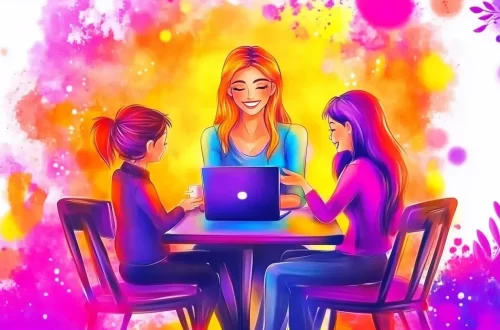Cognitive Biases: How AI Can Help Us Improve Decision-Making in Health and Human Services
AI tools are transforming decision-making in health and human services by identifying cognitive biases, promoting objective decisions, and ensuring better outcomes for individuals and communities. Understanding biases like confirmation bias and anchoring is crucial for advancing equity in service delivery. Learn more from Verywell Mind.
Introduction:
Cognitive biases—subconscious mental shortcuts—can skew judgment and impact decisions in health and human services. From case management to resource allocation, biases like availability heuristic or anchoring bias often lead to inequitable outcomes. AI offers new possibilities for promoting objective, data-driven decisions in these critical areas, as discussed in Thinking, Fast and Slow.
How AI Helps Address Bias in Health and Human Services
AI technologies bring objectivity to decision-making processes, enabling health and human service providers to identify and mitigate biases. Learn more about how Kahneman’s System 2 thinking can inform AI adoption.
- Enhanced Decision Support: AI analyzes historical patterns, offering professionals data-driven insights to avoid biases like confirmation bias.
- Risk Assessments: Predictive tools improve evaluations, such as determining family risks in child welfare, through data-centric analysis.
- Bias-Free Resource Allocation: Algorithms ensure equitable distribution of services like housing or healthcare, targeting genuine needs over emotional impressions.
- Training and Awareness: AI-powered simulations help staff recognize and address cognitive biases in practice.
- Community Inclusion: AI systems designed with stakeholder input can better reflect the needs of diverse populations, fostering trust and equity.
Frequently Asked Questions:
Q1: How does AI detect cognitive biases in health and human services?
A1: AI identifies patterns in decision-making, such as reliance on emotionally charged cases, and provides corrective insights for objectivity.
Q2: What are the risks of cognitive biases in service delivery?
A2: Biases can lead to inequities in resource allocation and undermine the trust and effectiveness of service providers.
Q3: What are examples of AI applications for reducing bias?
A3: AI tools such as predictive analytics in mental health services or automated screening systems for resource allocation are effective examples.
Conclusion:
AI is revolutionizing decision-making in health and human services by uncovering biases and fostering data-driven solutions. By integrating these tools, professionals can enhance equity, efficiency, and trust. Learn more about cognitive biases here.





